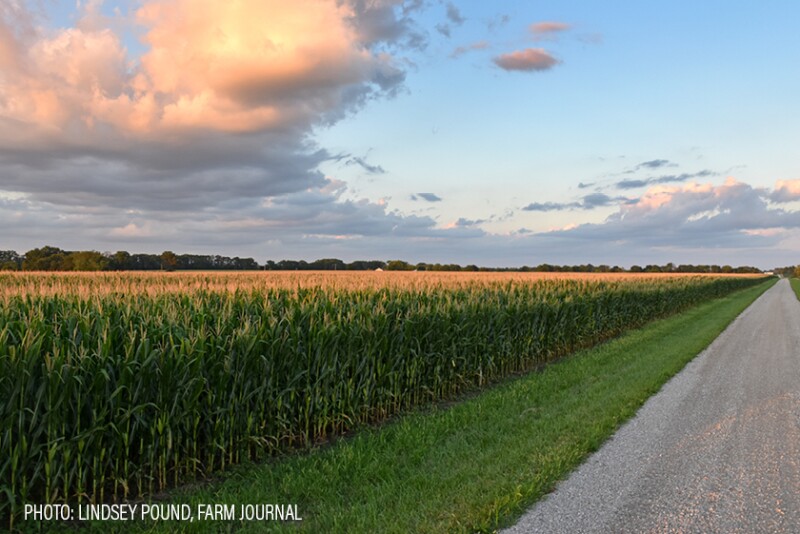The breath-taking gains in Iowa farmland prices eased dramatically over the past year, slipping to only a 0.8% gain in the last six months. That’s according to the spring survey of land professionals conducted by the Iowa Chapter of the REALTORS Land Institute (RLI).
This slight gains follows the March 2022 to September 2022 survey that showed an 2.8% increase. This results in an annual increase of 3.6% on tillable acres, the RLI says. “After a period of rapidly interesting values, the tillable land market appears to be leveling off,” it notes.
Pastureland (up 1.8%) and Timberland (up 2.9%) acres were slightly stronger than cropland acres across the state the last 6 months, the survey reports.
The strongest percentage gain is reported out of the southeast crop district with a six-month increase of 3.7% followed by a 2.1% rise for the central district.
Looking at values on an annual basis, RLI lists the southeast up 7.1%; the southwest district up 5.6%; the east central district up 5.0%; the south central district up 4.9%; the west central district up 4.5%; the central district up 4.3%; the northwest district up 3.0%; the northwest district up 0.9% and the north central district down a slight 0.4%.
Survey respondents indicate commodity prices are still the largest factor influencing the farmland market. The survey found a lower supply of land being offered to the market as the biggest change in factors versus a year ago. Nearly 30% of respondents say the amount of farms for sale on the market is about the same as a year ago with only 9% saying there is more supply on the market. Some 62% cite fewer farms for sale in their area. A year ago, 18% reported the same about of supply on the market with 62% saying more farms were available for purchase. Only 20% indicated there were fewer farms for sale in their area.
Farmer buyers are still the predominate buyer type in the market today, as cash supplies are ample from recent net farm incomes. Respondents say 63% of buyers were farmers compare to 62% last year. Local buyers account for 19% of purchasers, even with a year ago. Some 16% of purchasers are non-local investors – even with a year ago.

